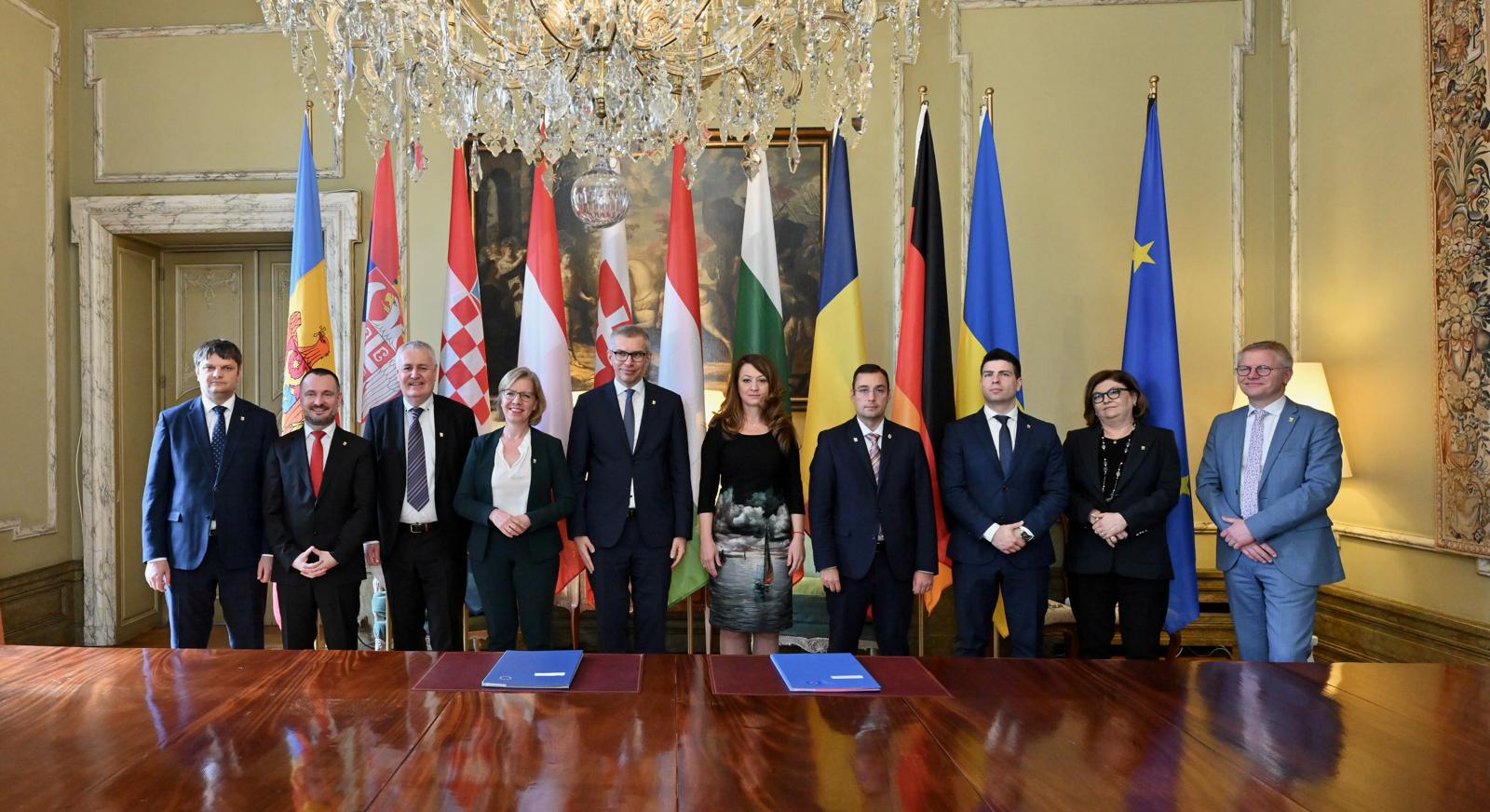Danube Ministers of Transport reaffirm conclusions on effective waterway rehabilitation and maintenance
The Danube river is a vital link within Europe’s transport network. It not only proved to be most resilient during the Covid-19 pandemic, the Danube waterway has also become an essential part of the EU-Ukraine Solidarity Lanes since 2022. In order to fulfil these crucial functions in Europe’s transport system, navigation of the Danube River relies heavily on having good infrastructure. On 4th April 2024, the Danube Ministers of Transport have – in the framework of the Connecting Europe Days in Brussels and upon invitation of EU Transport Commissioner Ms Adina Vălean – reaffirmed their commitment to improve framework conditions for Danube navigation, especially related to effective waterway infrastructure rehabilitation and maintenance on the Danube and its navigable tributaries.
Today’s Danube ministerial conclusions emphasize the significance of the Rhine-Danube Core Network Corridor and Danube navigation for European Union transportation, particularly the EU-Ukraine Solidarity Lanes. They highlight the obligation to maintain the “Good Navigation Status” of the Danube and its tributaries within the TEN-T network, while also adhering to relevant environmental laws. This includes achieving ecological and conservation standards set by directives like the Water Framework Directive and Birds and Habitats Directives. Additionally, the Danube Ministers of Transport reaffirmed their commitment to implementing the “Fairway Rehabilitation and Maintenance Master Plan of the Danube and its navigable tributaries,” established under the EU Strategy for the Danube Region and initiated by Priority Area 1a on Inland Waterways (coordinated by Austria and Romania).
Since the endorsement of the Fairway Rehabilitation and Maintenance Master Plan in 2014, significant progress has been made in putting the plan into action. Up until the year 2022 already more than 75 million euros had been invested through a range of EU-funded projects, national programs, and pre-accession instruments. During the last year, implementation of the Master Plan has become another boost through the CEF-funded FAIRway Danube II project. With a total budget of around 70 million euros and eight partners from six different Danube countries, this flagship project is setting sail to improve the quality of the Danube waterway. The project aims to maintain a good navigation status for the Danube, considering its environmental characteristics and sensitivity.
As there are also still challenges ahead, the Danube Ministers of Transport emphasized in their joint conclusions the need for ongoing rehabilitation and maintenance efforts beyond 2024 to enhance fairway conditions according to established maintenance objectives. They also recognized the importance of sufficient national financial resources, especially ensuring a sustainable yearly operational budget allocation, as crucial for the successful implementation of the Master Plan. By means of the ministerial conclusions, all countries along the Danube River are urged to create interdisciplinary teams within their waterway administrations. These teams shall work together to develop Nature Based Solutions for rehabilitating and maintaining the Danube and its tributaries.


